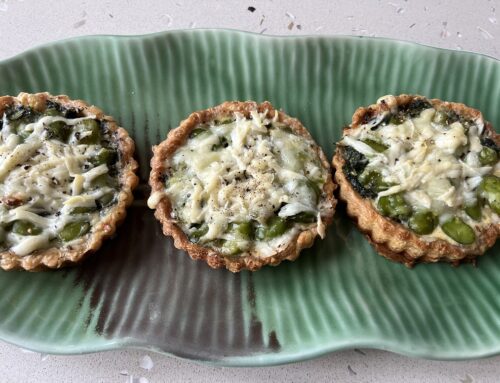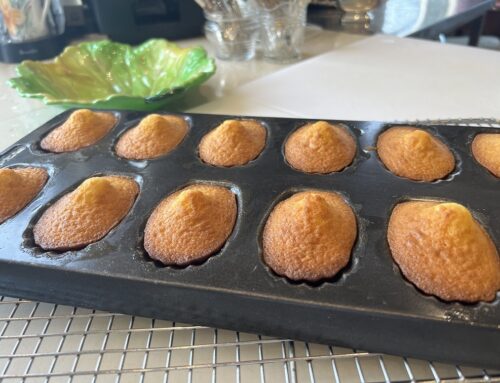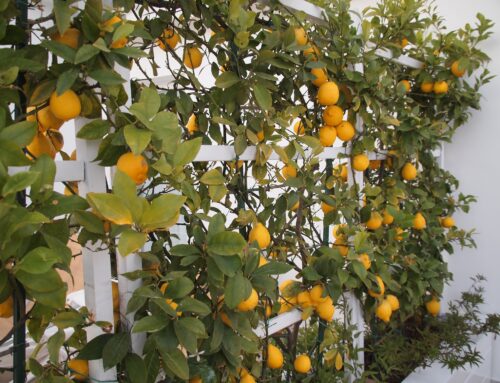To prepare the lemons
If the lemons are waxed, scrub them well in hot water. To make them as juicy as possible, warm them in the microwave for one minute on medium. Cut lemons into quarters, but not right through stopping 1 cm from the bottom.
Place two tablespoons of rock salt into the bottom of a clean and sterilised jar. Open each lemon out and pack rock salt into them. Pack the lemons down into the jar, releasing any juices, layering with tablespoons of salt between the lemon layers. The jar should be about ¾ full.
You may like to add some flavourings to the jar, but this is optional. For a medium to large jar, add 2 cinnamon sticks, 10 or so black peppercorns, 12 cloves, 4 bay leaves.
Juice some extra lemons to completely immerse the lemons in the juice. You can also top up the jar with some boiling water.
It is important to keep the lemons submerged. If the lemons are exposed to the air, they will go mouldy. In Queensland, I used to keep mine in the fridge, so do that if it is hot.
Store in a cool, dry place for about 6 – 8 weeks for them to mature. They should keep up to 12 months or more.
As you use the lemons, the remaining lemons in the jar, must be kept submerged; they may need to be weighted down gently. I make a cartouche, plus crumple some glad bake and place over the lemons and brine solution and sometimes weigh down the lemons with a small clean and sterilised glass jar, weigh down the lemons and then clip on the jar lid – that keeps the lemons submerged. Refrigerate for at least 2 months and then use as needed.
To use the preserved lemons
Some cooks use the lemon zest only, discarding the lemon flesh. However, you can use the pulp in slow-cooked braises of lamb and pork, or rubbed over a leg of lamb before cooking it. Remember, when using this salty flesh, not to salt the dish until you taste it at the very end of your cooking.
Take the required pieces of lemon; wash well to remove the salt. The zest, without any white pith, is then cut according to the recipe it serves. Some cooks do use the salty flesh, so keep it aside in a jar with the oil preserving liquid, and add this flesh to slow-cooked pork or lamb, or use to rub over a leg of lamb.
The most popular use for preserved lemons is in Morrocan tagines and in chicken tagine in particular. they are however used in many different dishes throughout the Middle East– such as with fish, in a stuffing for roast chicken, in salads, and of course in couscous.






